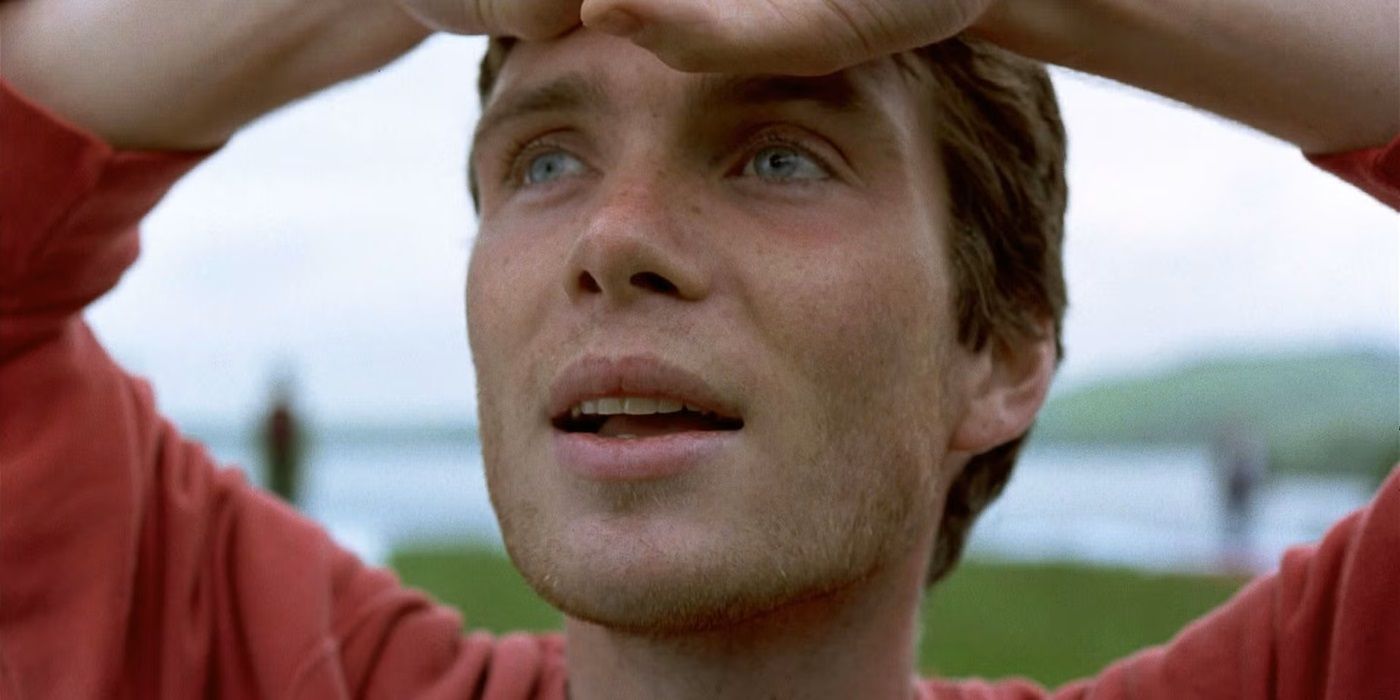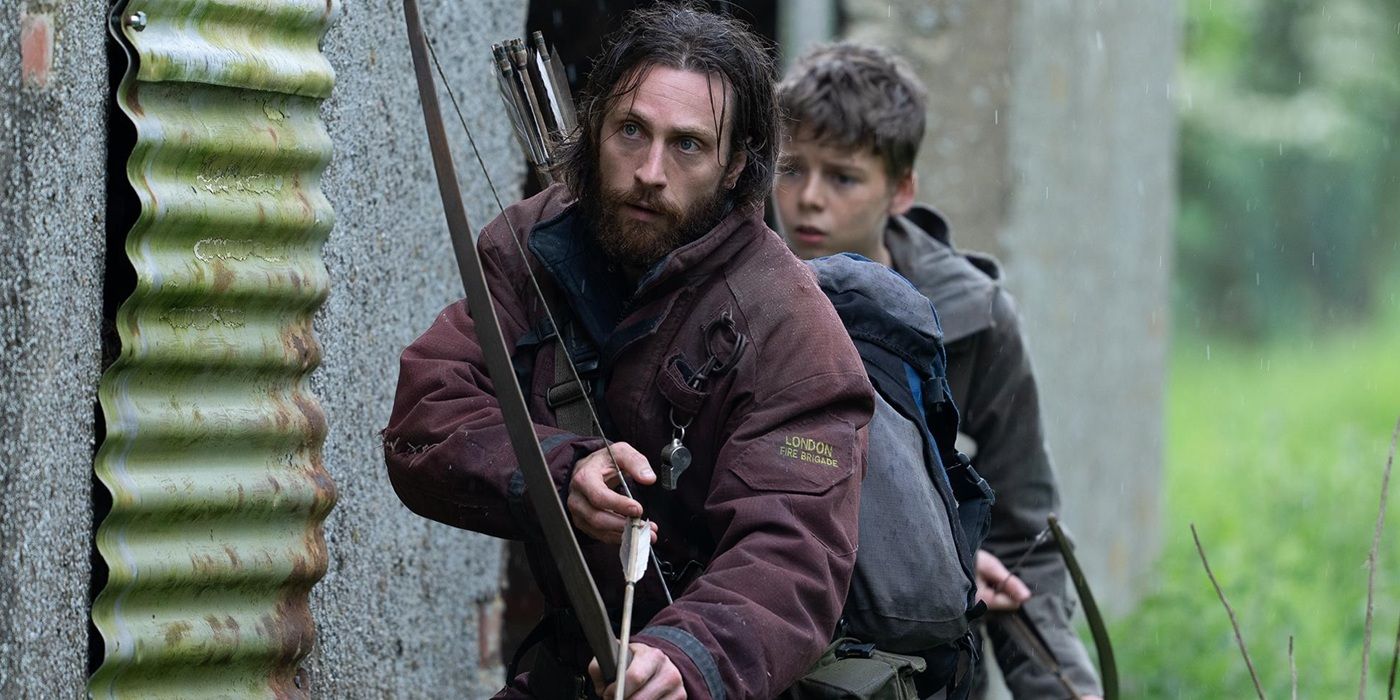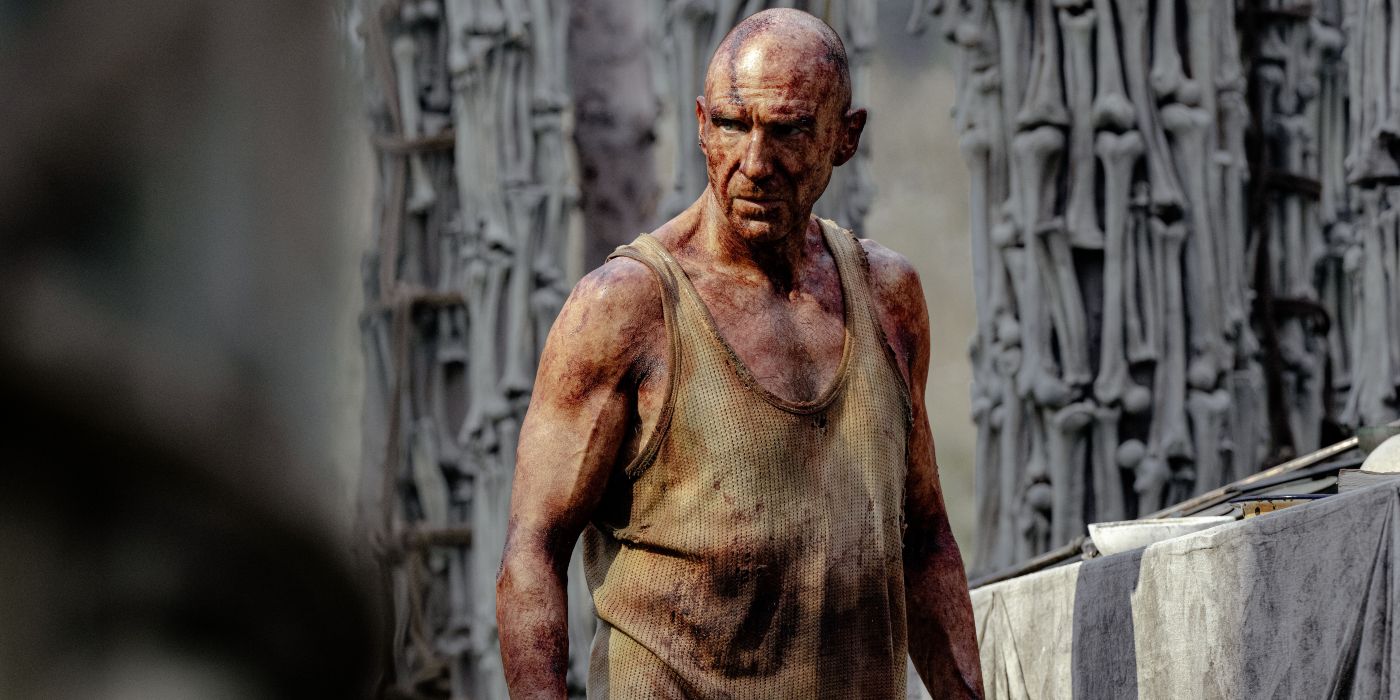It’s no surprise that innovative filmmakers Danny Boyle and Alex Garland created an unconventional, groundbreaking sequel with 28 Years Later. Like how the duo made zombies scary again in 2003, their sequel flips even more genre tropes on its head. The first film in this new trilogy has set a daring new precedent not just for the infected who roam the mainland, but also for the world around it, transforming the way zombie stories can be told.
The first major dramatic change occurs early on, with text narration explaining that the Rage Virus, which first appeared in 28 Days Later and spread in 28 Weeks Later, was eventually contained to the British Isles. With that, we learn that the characters in 28 Years Later aren’t living in a post-apocalyptic world, but within a quarantined country, while the rest of the world moves on. This unexpected backdrop, paired with an evolving rage virus, makes 28 Years Later a zombie film that subverts all expectations, putting its characters in a unique situation that has rarely been seen in other films in the genre.
28 Years Later
- Release Date
-
June 20, 2025
- Runtime
-
126 minutes
- Director
-
Danny Boyle
In ’28 Years Later,’ the Rest of the World Moves Past the Outbreak
28 Years Later revolved around a young boy named Spike, whose small island community is protected by a tidal causeway that helps to keep intruders out. Most of the film revolves around Spike’s search for answers regarding his mother, Isla’s (Jodie Comer), illness, and his father, Jamie’s (Aaron Taylor-Johnson), reluctance to reveal the truth to him. It’s a touching coming-of-age story that uses the unique backdrop to its full advantage, as Spike is learning not only about the dangerous mainland filled with infected and other survivors, but also about the outside world that continues to evolve.

Related
Each Alternate Ending of ‘28 Days Later’ Explained, and How They Could Impact ‘28 Years Later’
The ’28 Days Later’ filmmakers shot 4 different endings that depict different fates for Jim and his friends.
Spike’s sheltered existence is further challenged by the presence of a Swedish soldier named Erik, whose quarantine boat patrol becomes stranded on the island. His brief moments with Spike and his mother are among the funniest in the film, bringing a sense of normalcy to audiences that is also utterly foreign to the protagonist. The idea that there is a sense of normalcy outside of Spike’s world also provides a strange sense of hope for the characters at the heart of the story.
Zombie films almost always center on a world where society has long since been wiped out, with only a few remnants of survivors being able to remember what it was like before. In 28 Years Later, there’s the opportunity for characters completely unscathed by what has occurred in the British Isles to be thrown into the mix, where powerful scenes, like the infected birth scene, can come into play and deliver emotional sequences.
The Infected in ’28 Years Later’ Defy Explanations
Speaking of the uninfected baby, the evolution of those with the rage virus between films is also an unexpected development, providing a fun transition from what was first introduced in 28 Days Later. The idea of running zombies has become less novel, but that hasn’t stopped Boyle and Garland from expanding on it in 28 Years Later. This time around, it’s the introduction of the “Alpha” infected that adds an entirely new threat to the characters in the film, who are not as mindless as others, and can instead lead inferior infected as they hunt in packs.
The Alphas in 28 Years Later pose both a physical and mental threat. In fact, the Alpha leads to one of the most thrilling and pulse-pounding sequences in the film, as Spike and Jamie are chased through their causeway, only narrowly avoiding being killed by him. How the Alphas manage to coordinate other infected to chase, and are also able to keep track of their prey over long periods of time, along with their enormous size, all help to make them a unique kind of zombie that has also been made famous in films like I Am Legend and Zack Snyder’s Army of the Dead.

Related
’28 Years Later’ Is a Horror Masterpiece that Shatters Already High Expectations
28 years after the Rage Virus apocalypse, Jamie (Aaron Taylor-Johnson) takes his son (Alfie Williams) away from the safety of their island refuge.
It’s not all bleak, as shown by the uninfected baby born to a pregnant woman carrying the rage virus. The initial conception of the infected in 28 Days Later was already unique enough, as suggested in the 2003 film, which posited that the virus was borne from exposure to a mixture of viruses, as well as from exposing chimpanzees to high levels of violence and aggression.
To think that, despite the aggression of the parents, a rage-free baby can still be born serves as a poignant commentary on the initial innocence and purity of existence, feeling like a much-needed positive angle in an otherwise bleak and intense film. The infected in this latest film are a double-edged sword, serving as a reflection and biting commentary on humanity, while also being a physical threat that ups the stakes for the characters.
The ’28 Years Later’ Trilogy Should Be Great
The worldbuilding of Danny Boyle and Alex Garland’s movie helps to keep viewers guessing at every turn, creating a unique backdrop on which the subsequent two films in the trilogy can thrive. The next movie in the trilogy, titled 28 Years Later: The Bone Temple, has so many possible plot points to pick up on. Whether it be the introduction of several new Alphas, another new character from outside the quarantine zone, or even more uninfected babies, the 28 Years trilogy seems to have a bright future, should the second film prove successful at the box office.
It’s becoming rare to see sequels as innovative and creative as what Boyle and Garland have managed to create in this latest film. While zombies have felt like they have been overdone, 28 Years Later proves that the creative execution of every aspect of production can help to make it feel fresh. The zombie genre’s expectations are torn down, and in their place is a thrilling and visceral story that has viewers questioning what else could be possible in a world where both infected and non-infected are quarantined and forced to evolve and contend with each other. 28 Years Later is in theaters now.
Source link



















Add Comment